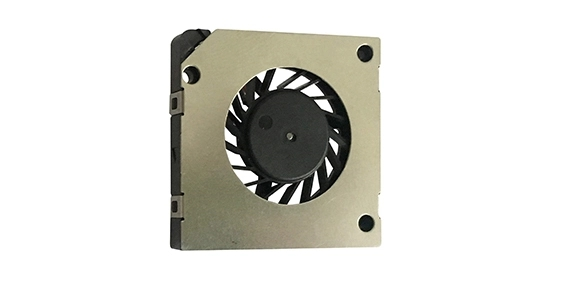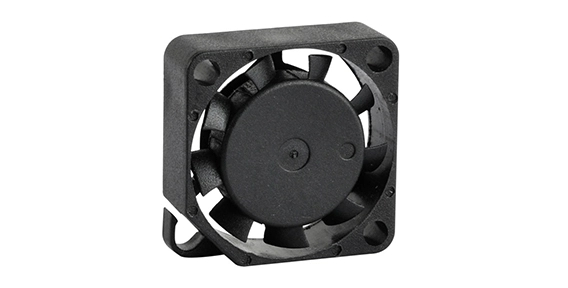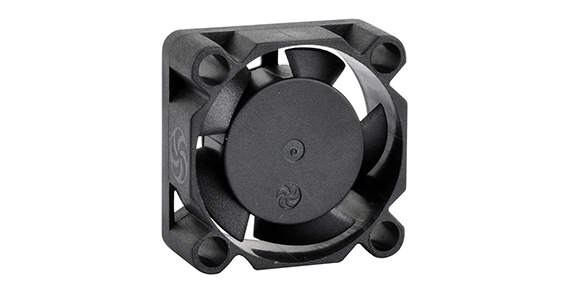Centrifugal blower fans are a common choice for various industrial and commercial applications that require reliable air movement. These fans excel at delivering a high volume of air at a relatively low pressure. However, there may be instances where a centrifugal blower fan needs to operate at higher pressures. In this article, we will explore the pressure capabilities of centrifugal blower fans, including factors that influence their pressure output and strategies for increasing their pressure capabilities.
System Resistance and Backpressure: Factors Influencing Centrifugal Blower Fan Pressure
The pressure capability of a centrifugal blower fan is greatly influenced by the resistance it encounters within the system it operates in. This resistance is often referred to as system resistance or backpressure. System resistance is the combined effect of various factors such as bends in the ductwork, filters, and other components that restrict airflow. The higher the system resistance, the harder the fan has to work to overcome it, thereby reducing its pressure output.
One of the primary factors influencing system resistance is the design of the ductwork. Smooth, straight ducts offer the least resistance and allow for better pressure capabilities. Additionally, the presence of filters or other airflow obstacles can significantly impact the pressure output of a centrifugal blower fan. It is crucial to carefully consider these factors during the system design to ensure optimum performance.

Adapting Centrifugal Blower Fans to Varying Pressure Requirements
In some applications, the pressure requirements may vary depending on the operating conditions. For instance, a HVAC system may need to operate at different pressures for heating and cooling modes. In such cases, it is essential to adapt the axial air fan to meet the varying pressure requirements.
One way to achieve this is by incorporating a variable frequency drive (VFD) into the fan system. A VFD allows for precise control of the fan speed, enabling the fan to deliver the required pressure at different operating conditions. By adjusting the fan speed according to the system's needs, energy consumption can be optimized, and the fan can maintain consistent performance across varying pressures.

Boosting Output: Strategies for Increasing Pressure Capabilities in Centrifugal Blower Fans
There are situations where a centrifugal blower fan may need to operate at higher pressures than its standard capabilities. In such cases, several strategies can be employed to boost the fan's output.
One approach is to increase the motor power. By using a more powerful motor, the fan can generate higher pressure levels. However, it is important to ensure that the increased power does not exceed the fan's design limits, as this can result in premature failure or reduced lifespan.
Another strategy is to modify the impeller design. The impeller plays a crucial role in generating air pressure within the fan. By making adjustments to the impeller's blade shape or curvature, it is possible to improve the fan's pressure capabilities. However, any modifications should be carried out carefully, ensuring that the impeller remains balanced and properly aligned to prevent excessive vibration or noise.
Furthermore, it is important to consider the overall fan system design. Ensuring proper duct sizing, minimizing bends, and reducing airflow obstructions can optimize the fan's pressure capabilities. It is also essential to regularly inspect and maintain the fan to ensure it operates at its peak performance.
Centrifugal blower fans are versatile air movement devices commonly used in various industrial and commercial applications. Understanding their pressure capabilities and the factors that influence them is crucial for selecting the right fan for specific requirements. By considering system resistance, adapting to varying pressure requirements, and employing strategies to boost output, centrifugal blower fans can deliver reliable and efficient performance in high-pressure applications.

 EN
EN 

 +
+
 +
+
 +
+



